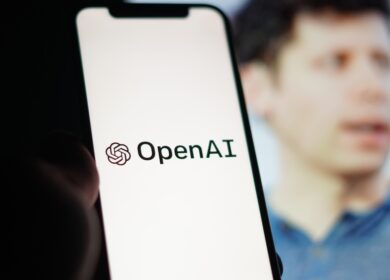
By Eric Van Damme, Jr. Account Manager, Hoffman Europe
Last month, I was enjoying some great weather during a trip throughout Italy — and possibly some of the best food on the planet. While doing so, I couldn’t help noticing how QR codes, also known as Quick Response codes, were being so broadly adopted.
Their heavy use is most likely linked to the pandemic. In many countries, QR codes have already been integrated within monitoring systems like the NHS “Test and Trace” app in England. Early on, when the integration with Covid-19 government apps was not possible, hospitality venues used their own versions to drive customers to enter their details. This ensured tracing could be possible to help prevent the spread of the coronavirus.

We’re now witnessing — off the back of mass disruption — the comeback of the humble QR code and the public finally embracing the technology.
QR codes everywhere
In every restaurant, bar, museum, hotel room I visited in Milan, Torino or Aoste, QR codes were stuck onto everything, from tables to chairs to shop windows, lifts and on the back of every possible device. In Torino, a QR code on a router seamlessly connected me to the Wi-Fi, and later during my vacation, I enjoyed the simplicity of pointing my smartphone at a code and then quickly finding a free parking space for my ‘superb’ Fiat Panda rented in Milan.
It also allowed me to choose between different payment providers in Geneva — a very positive development given public parking systems don’t always offer the ability to pay cashless (when they’re even working at all).

What is a QR code?
The QR code system was invented in 1994 by a Japanese entrepreneur, Masahiro Hara, to track parts in car assembly, and the initial design was influenced by the black and white pieces on a goban, the traditional Chinese board game. QR codes are now used in a much broader context, including both commercial tracking applications and convenience-oriented applications aimed at mobile phone users (mobile tagging).
The beauty of a QR code is that anyone can create one in a few minutes on one of the many code generators available online for free.
It has become one of the most-used types of two-dimensional code, and its adoption has risen in the past year. (Juniper Research predicts that by 2022, 5.3 billion QR code coupons will be redeemed by smartphones and 1 billion smartphones will access QR codes.)
Are QR codes here to stay?
The pandemic has acted as a catalyst for contactless payment alongside the rise of the QR code. Widespread adoption of the code has created awareness and understanding among the public and has turned them from gimmick to necessity. A recent survey highlighted that 70% of respondents had scanned a QR code in September 2020, and 66% believe these new-age barcodes would make their life easier in a touchless world.
Further research reinforces this shift. According to the recent How We Shop Report, QR codes are emerging as an important offering, with one-third of consumers who prefer paying with QR codes stating they would not complete a purchase at all if that option were not available. Merchants should take note that such intrinsic understanding and acceptance can be used to enhance their loyalty relationships with customers.
As retailers need to find new and innovative ways for safe shopping, some recent initiatives by Puma and tech giants like PayPal and Apple highlight a trend that brands have begun integrating QR codes or are expanding their use. Therefore, it’s not illogical for brands to consider this extremely cheap and easy way to deploy opportunity to reach out to their consumers.
Even though the true potential of QR codes is only now beginning to be uncovered, it remains to be seen if companies will find innovative ways to use them or if consumers will lose interest after — and if — the pandemic passes. But QR codes, beacons, NFC tags, geofencing options are all touchless options (and points) to explore responsibly and safely when trying to bridge the online-offline world.

